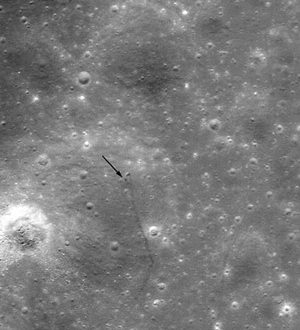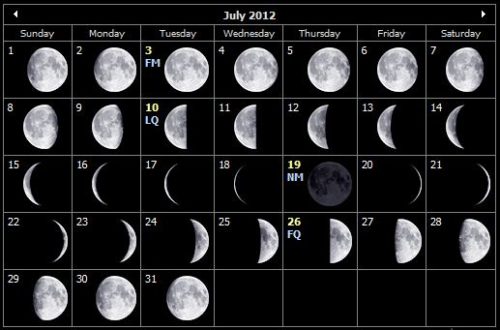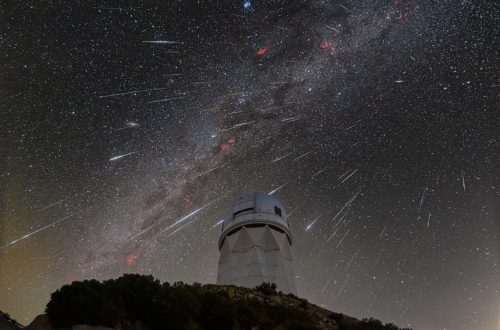Monthly Stargazing Calendar for October 2015
Looking for the October 2025 stargazing calendar?
On October 8 we will witness the Draconids meteor shower. It is a minor meteor shower producing only about 10 meteors per hour originating from dust grains left behind by comet 21P Giacobini-Zinner, which was first discovered in 1900. The Draconids is an unusual shower in that the best viewing is in the early evening instead of early morning like most other showers. Although the shower peaks on the the night of the 8th some meteors can be seen from October 6 to 10. Unfortunately this year the second quarter moon will block out all but the brightest meteors. However if you are patient, you may be able to spot a few good ones from a dark location far away from city lights. Meteors will radiate from the constellation Draco, but can appear anywhere in the sky.
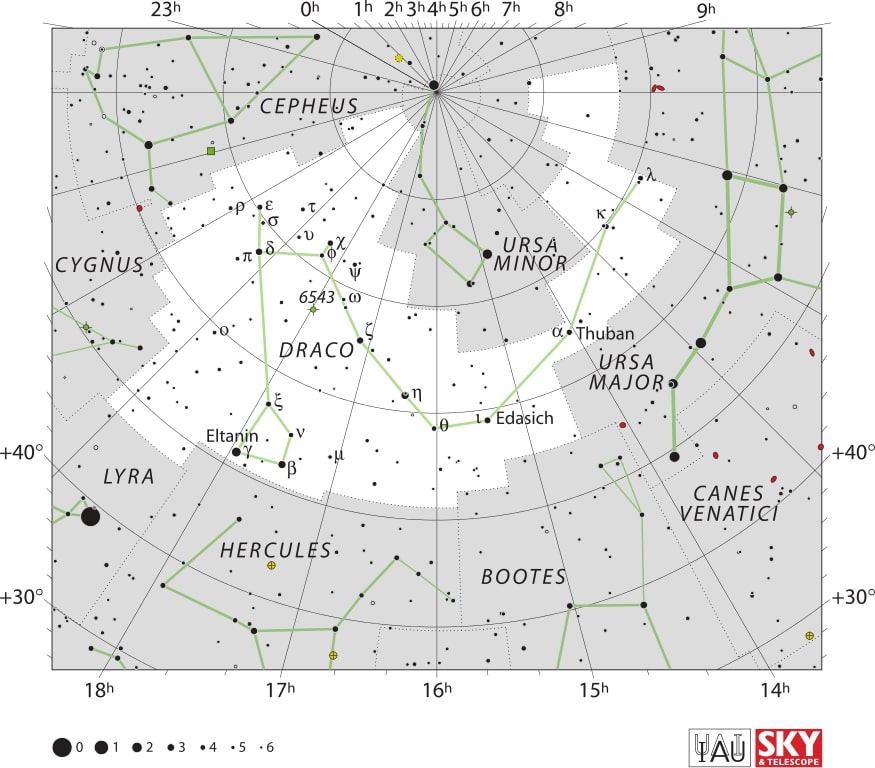
Would you like to be notified of stargazing events?
Then on October 11 Uranus will be at opposition. The blue-green gas giant will be at its closest approach to the Earth and its face will be fully illuminated by the Sun making it the best time to view the planet. It will be brighter than any other time of the year and will be visible all night long with the help of a telescope. Due to its distance, it will only appear as a tiny blue-green dot in all but the most powerful telescopes.
On October 16 Mercury will be at greatest western elongation of 18.1 degrees from the Sun. This is the best time to view Mercury since it will be at its highest point above the horizon in the morning sky. Look for the planet low in the eastern sky just before sunrise.
Later on during the night of October 21 to 22 the Orionids meteor shower will peak. It is an average shower producing up to 20 meteors per hour at its peak originating from dust grains left behind by comet Halley, which has been known and observed since ancient times. Some meteors can also be seen from October 2 to November 7. The first quarter moon will set shortly after midnight leaving fairly dark skies for what should be a good show. Meteors will radiate from the constellation Orion, but can appear anywhere in the sky.
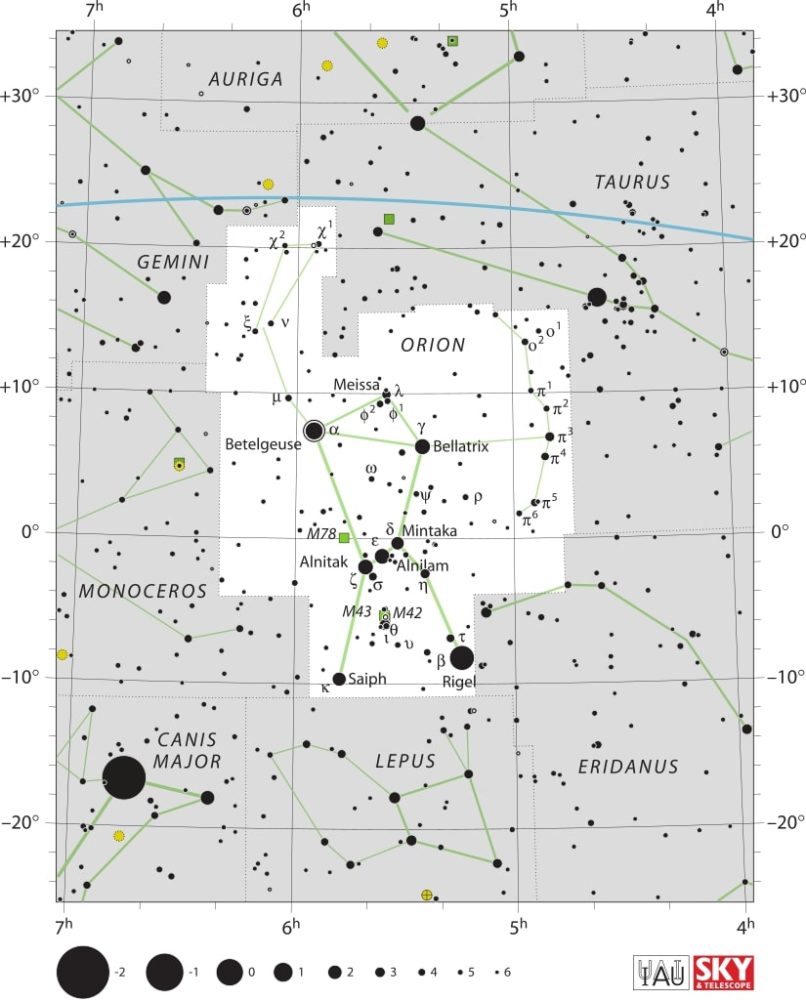
On October 26 Venus will be at greatest western elongation of 46.4 degrees from the Sun. This is the best time to view Venus since it will be at its highest point above the horizon in the morning sky. Look for the bright planet in the eastern sky before sunrise.
On October 26 there will be a conjunction of Venus and Jupiter. The two bright planets will be visible within 1 degree of each other in the early morning sky. Look to the east just before sunrise for this impressive planetary pair.
On October 27 the full moon will also be a Supermoon. It will be the last of three supermoons for 2015. The Moon will be at its closest approach to the Earth and may look slightly larger and brighter than usual.
And finally on October 28 there will be a conjunction of Venus, Mars, and Jupiter, a rare, 3-planet conjunction. The planets Venus, Mars, and Jupiter will all form a tight 1-degree triangle in the early morning sky. Look to the east just before sunrise for this spectacular event. Take advantage of this opportunity since such a planetary trio won’t occur again until January, 2021.
Moon phases
As you know, the moon has a big impact on the visibility of celestial bodies in the night sky. So here are the moon’s phases for this month:
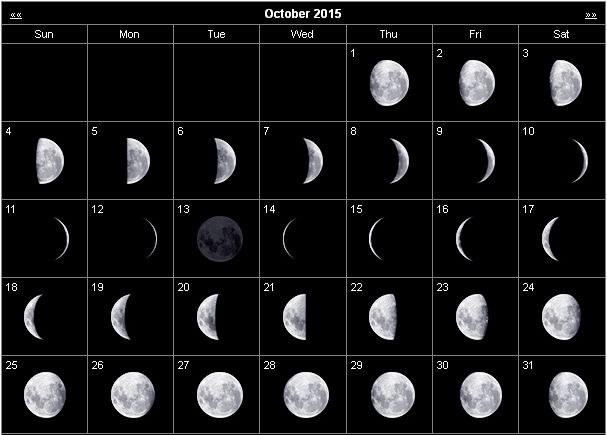
Positions of the planets this month
Mercury: The closest planet to the Sun can be seen at dawn and dusk travelling across the constellation of Virgo. This planet, being the closest to the Sun, will appear to move quickly in the night sky and its position will change in the following weeks.
Venus: The sister planet can be seen travelling across the constellation Leo, not far from Mars and Jupiter. Just like Mercury, Venus can only be seen at dawn and dusk.
Mars: The red planet can be seen in the constellation of Leo.
Jupiter: The gas giant is visible in the constellations of Leo. Jupiter can easily be spotted with the naked eye, even in highly illuminated cities.
Saturn: The ringed giant can be seen with the naked eye between the constellations of Scorpius and Libra.
Uranus: The gas giant can be seen in the constellation of Pisces with the use of a telescope.
Neptune: The blue giant requires a telescope pointed in the constellation of Aquarius in order to be seen.
Major astronomical events next month
- November 5, 6 – Taurids meteor shower peak
- November 17, 18 – Leonids meteor shower peak
See also:
- Previous month’s calendar: Stargazing Calendar for September 2015
- Next month’s calendar: Stargazing Calendar for November 2015
Would you like to receive similar articles by email?



